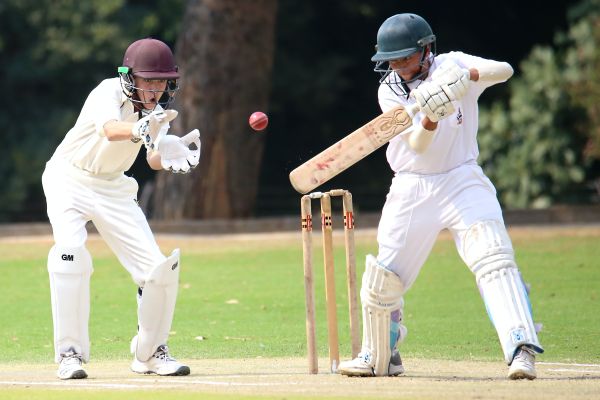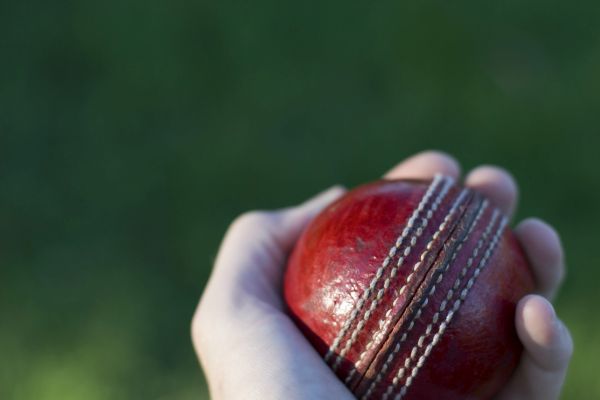Having a ball
- POSTED ON: 17 Oct, 2023
- TOTAL VIEWS: 227 Views
- POSTED BY: Madhuvanti S. Krishnan | Article by Peeyush Sekhsaria
- ARTICLE POINTS: 150 Points

The bat may be the heart of cricket, but the ball is its soul. Cricket began as a game played by bored shepherds and so the ball is at least as old as the game.
But the modern ball’s journey began in 1775 when Duke and Sons received a royal patent from King George VI and was first used in a series in 1780. These balls were made by highly skilled craftsmen in Kent in southeast England. The core was made of cork tightly wound about with string to provide weight and bounce. This was then wrapped in leather with stitched seam to give the bowlers grip and allow the charms of swing, spin, flight and speed and, of course, to take wickets.
The beginning
Cricket became popular in British colonies and, in the 1890s, an Australian company called Kookaburra began manufacturing cricket balls. In India, brothers Kedarnath and Dwarkanath founded Sanspareils Greenlands (SG) in Sialkot (today in Pakistan) in 1931 to manufacture cricket balls. The company moved to Meerut after the Partition of India. Even today, the Dukes and SG balls continue to be hand-made.

Thus far, the traditional cricket ball was red. In 1977, Australian businessman Kerry Packer launched World Series Cricket, with games played under floodlights. With the game being played at night, the red ball was almost impossible to see. So the white ball made its appearance and became a fixture for the day-night limited overs game. The red one, with its capacity to withstand 80 overs, remained the ball for the Test match. The pink version debuted in 2015 for day-night Tests.
Specifications
The cricket ball has the British Standard BS 5993 to itself. There are specific measurements of weight and circumference for the men’s, women’s and the junior (U-13) matches. The cricket ball is now the exclusive product of the subcontinent. Dukes was taken over by Dilip Jajodia, an Indian-origin businessman in 1987. With increasing labour costs and growing demand, the factories in Kent were forced to look to the sub-continent. Kookaburra too has a factory in the sub-continent. Sialkot, Jalandhar and Meerut today produce approximately 98% of the balls used in club cricket.
In 2021, another innovation appeared: a smart cricket ball was tried in the Caribbean Premier Leage. A Kookaburra ball with an electronic chip embedded in its innermost layer transmitted information such as speed, revolutions from the moment it was bowled till it landed in the hands of a wicketkeeper, fielder or reached the boundary line. With its own rechargeable battery, it is currently marketed as ‘Best Tool for Bowlers’. A set of two costs $150, whereas the price of a regular ball ranges from a few hundred rupees to a few thousand. However, sadly, the hands that craft the ball barely earn Rs. 20-30 for the effort they put in.
Based on what you have read, try your hand at this true or false quiz.